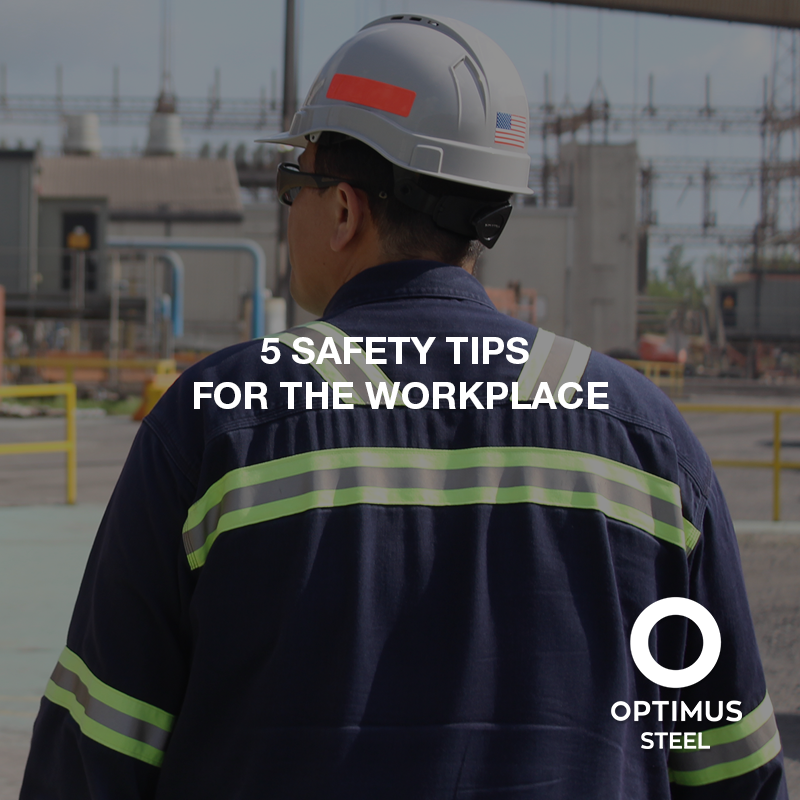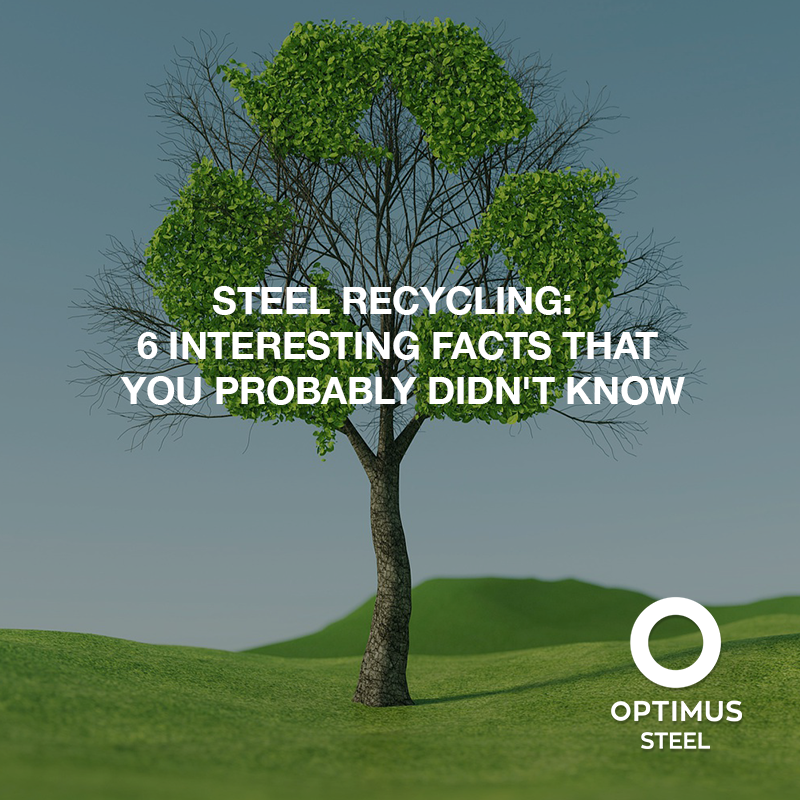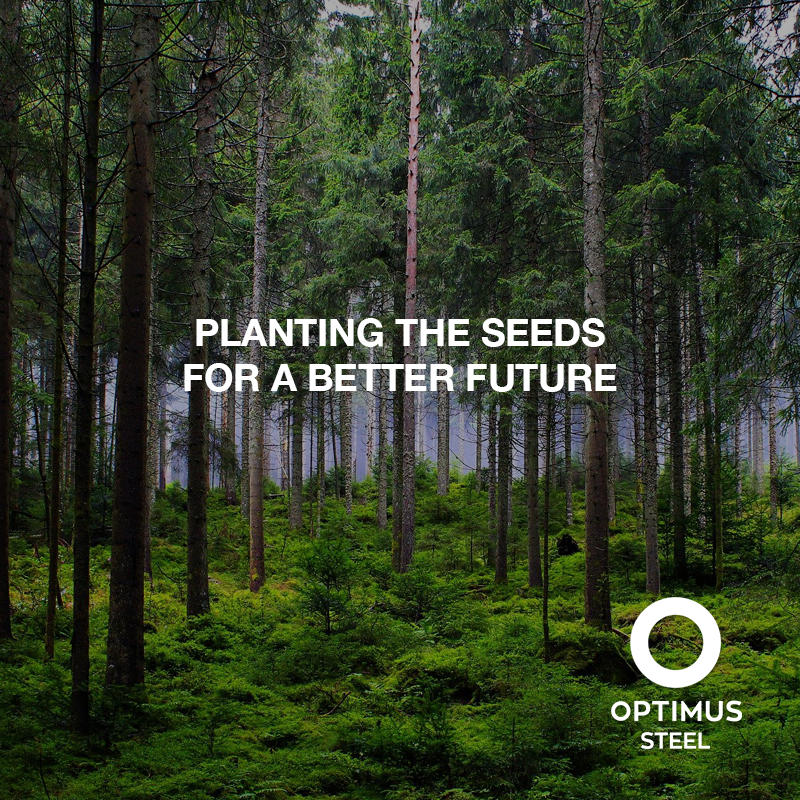We are constantly bombarded with messages telling us that we need to be more productive, more successful, and more connected. In the midst of all this, it can be easy to forget about the importance of the Balancing act: juggling work and personal wellness
Work-life balance is the state of equilibrium between professional responsibilities and personal interests. It is about finding a way to be successful at work without sacrificing your health, happiness, or relationships.
There are many benefits to achieving work-life balance
When you master the Balancing act: juggling work and personal wellness, you are more productive, more creative, and more resilient. You are also less likely to experience stress, burnout, and health problems.
Of course, achieving work-life balance is not always easy. There will be times when you need to put in extra hours at work, or when you need to take time off to deal with personal matters. The key is to find a way to manage your time and priorities so that you can meet your obligations without feeling overwhelmed.
Here are a few tips for achieving Balancing act:
- Set boundaries: it is important to set clear boundaries between your work life and your personal life. This means establishing regular work hours and sticking to them as much as possible. It also means, digital detox.
- Take breaks: it is important to take breaks throughout the day, both at work and at home. This will help you to stay focused and productive, and it will also help to reduce stress.
- Delegate: if you have too much on your plate, don’t be afraid to delegate tasks to others. This will free up your time so that you can focus on the most important things.
- Take care of yourself: make sure to get enough sleep, eat a healthy diet, and exercise regularly. These things will help you to stay physically and mentally healthy, which will make it easier to cope with the demands of work and life.
Achieving work-life balance is an ongoing process
There will be times when you get off track, but it is important to keep trying. By following these tips, you can find a way to juggle your work and personal responsibilities without sacrificing your health or happiness.








